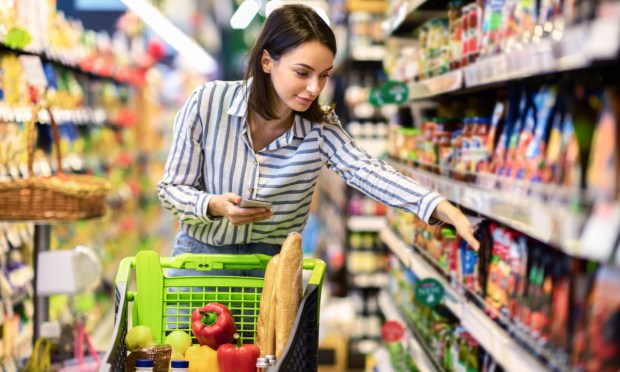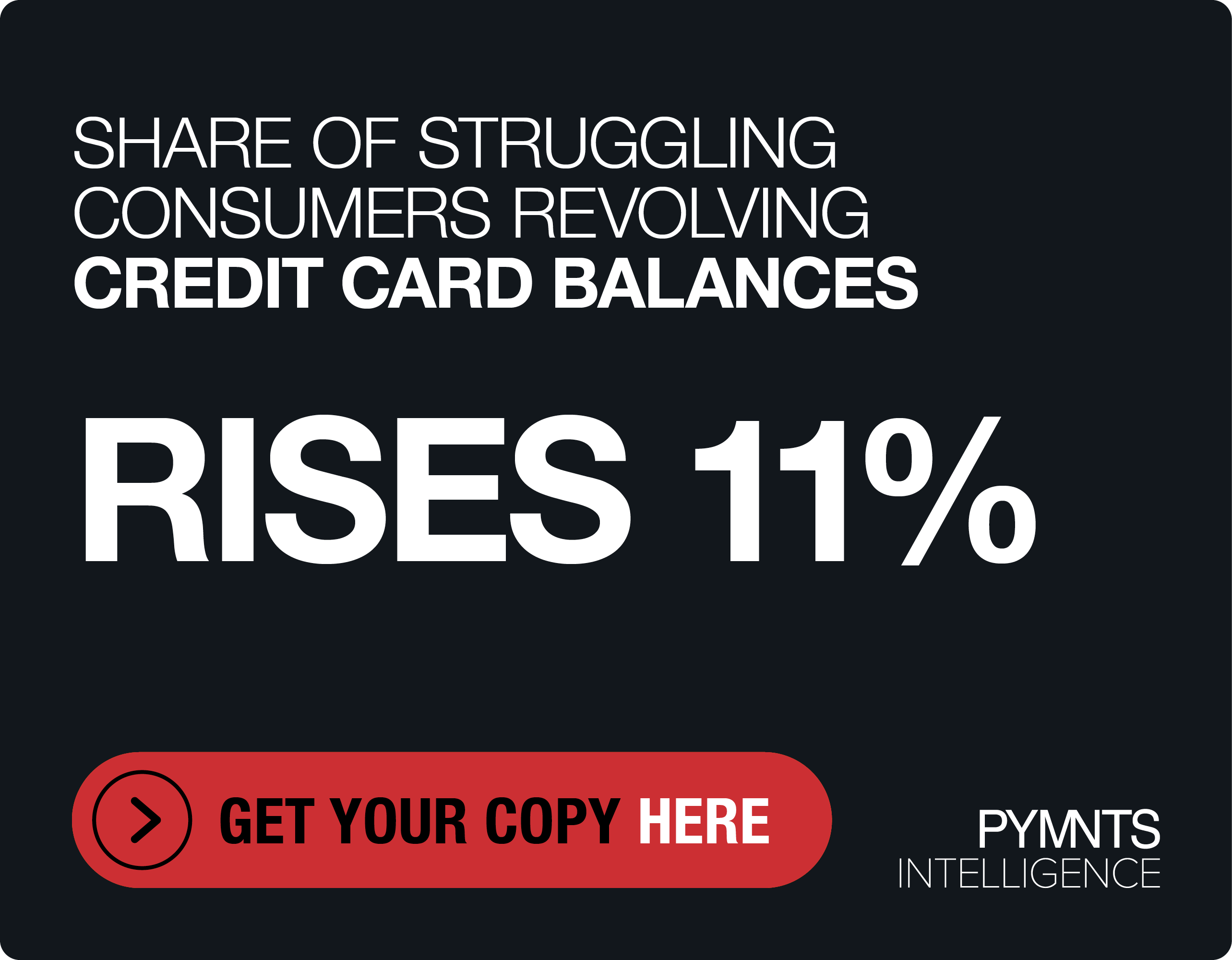Consumers Choose Private Label Even as Grocery Inflation Slows

Although year-over-year grocery inflation may be decreasing, grocery shoppers continue to feel the cumulative effects of years of price increases, sending them running to private-label products in search of more affordable options.
Kroger, for instance, the United States’ largest pure-play grocer, is seeing private-label sales continue to rise, predicting that these gains will result in long-term loyalty to those brands even as inflation normalizes.
“Typically, during a more challenged economic environment, … we do see more customers engage with Our Brands products, and as they start to see the quality and the value, often, we find there’s a higher penetration level that occurs during that time,” Kroger Chief Financial Officer Gary Millerchip told analysts on a call Thursday (June 15) discussing the grocer’s first-quarter 2023 earnings results. “And typically, it stays at a more elevated level even after the economic challenges have dissipated.”
In a presentation accompanying the grocer’s earnings release, Kroger noted that private-label sales grew 5% (on top of the category’s 6% increase in identical sales the year before), which also helped boost the grocer’s margins.
Similarly, Walmart, the world’s largest grocer, is seeing strength in its private-label offerings.
“We’ve got a big private brand business with Walmart U.S.,” John Rainey, the retailer’s executive vice president and chief financial officer, said Wednesday (June 14) at the company’s Evercore ISI Consumer & Retail Conference presentation. “[More than] 20% of our sales are in private brand items, and in Sam’s [Club], it’s close to 30%. So, this is a good vehicle to be able to provide value to our customer.”
As retailers tout their private-label strength, consumer packaged goods (CPG) companies are eager to downplay the extent of consumers’ shifts away from name brands.
“Private label is gaining a bit of share but only in the categories where we’d expect it to, like our in-home ice cream business and a little bit in dressings, etc.,” Unilever Chief Financial Officer Graeme Pitkethly told analysts on the company’s last earnings call. “Consumers, we think, are a little bit pessimistic, but they are continuing to spend, cutting back a bit on discretionary spending. And again, not much to say really around private label, just a little bit in ice cream.”
Yet, many consumers, by their own reports, are trading down in grocery as well. Data from the May edition of the Consumer Inflation Sentiment series, “Consumer Inflation Sentiment Report: Consumers Cut Back by Trading Down,” for which PYMNTS surveyed more than 2,000 U.S. consumers, revealed that 47% of grocery shoppers traded down to merchants with lower prices, and 57% cut down on nonessential spending.
Moreover, research from January’s edition of the report, which asked specifically about reducing the quality of items purchased, found that 35% of grocery shoppers did so to save money amid inflation.
Consumers’ inflation-related trade-down behavior is not likely to change anytime soon. Even as grocery inflation moderates, consumers continue to be anxious about how price increases will affect their household budgets for years to come. The October edition of the Consumer Inflation Sentiment study revealed that 70% of grocery shoppers expected significant price increases in the following 12 months, and the average consumer did not expect inflation to return to normal until the end of 2024.
Consumer Price Index (CPI) data released Tuesday (June 13) by the Bureau of Labor Statistics revealed that grocery prices are up 5.8% relative to last year, well below the double-digit year-over-year price increases seen at the peak.

